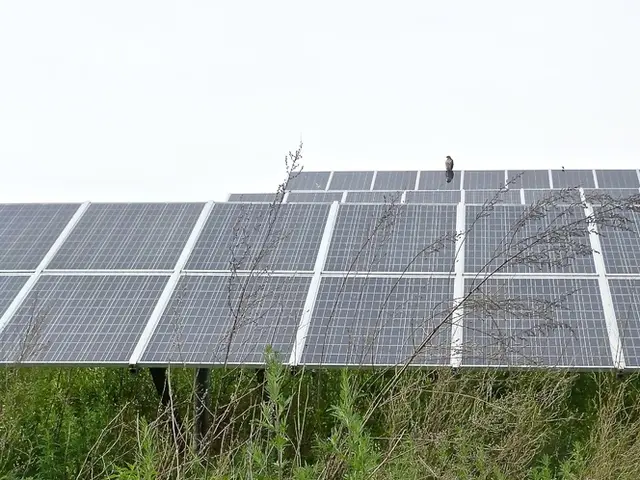Next ESAS Decadal Survey in 2027 to Shape Future of Earth Science Satellite Missions
The next ESAS Decadal Survey in 2027 is set to guide the future of Earth science satellite missions and research. This follows two decades of data collection by NASA's laser altimetry satellites, which have revolutionised our understanding of Earth's changing topography and components.
Laser altimetry, used in missions like ICESat, ICESat-2, and GEDI, measures melting ice, sea-level changes, carbon levels in forests, and aerosol amounts in the sky. These satellites have been operated by NASA since 2003, providing a wealth of data on Earth's changing landscape.
The 2017-2027 ESAS Decadal Survey highlighted three key observables for future missions: ice elevation, terrestrial ecosystem structure, and surface topography and vegetation. Scripps Oceanography, a leading centre for global earth science research, has contributed to these missions. The centre operates a fleet of four oceanographic research vessels and the Birch Aquarium at Scripps for public exploration.
Earth's forests, acting as a net carbon sink, compensate for losses through growth. A new paper by scientists from five institutions presents an anthology of key findings from satellite technology over the last two decades, demonstrating the importance of these missions in understanding Earth's systems.
As we look ahead to the 2027-2037 ESAS Decadal Survey, the authors, including Helen Amanda Fricker from UC San Diego, will help shape the future of Earth science satellite missions. Their work will build on the success of the past two decades, using laser altimetry to continue monitoring Earth's changing topography and components.
Read also:
- Industrial robots in China are being installed at a faster rate than in both the United States and the European Union, as the global market for these robots faces a downturn.
- Galvanize Unveils $1.3 Billion Plan to Fund the Energy Sector's Evolution Pathway
- EAFO Research Uncovers Crucial Elements in Electric Vehicle Adoption within the EU
- Zeppelin's Fuel Cell Unit Powers 'Sandstedter Sommer' Festival








